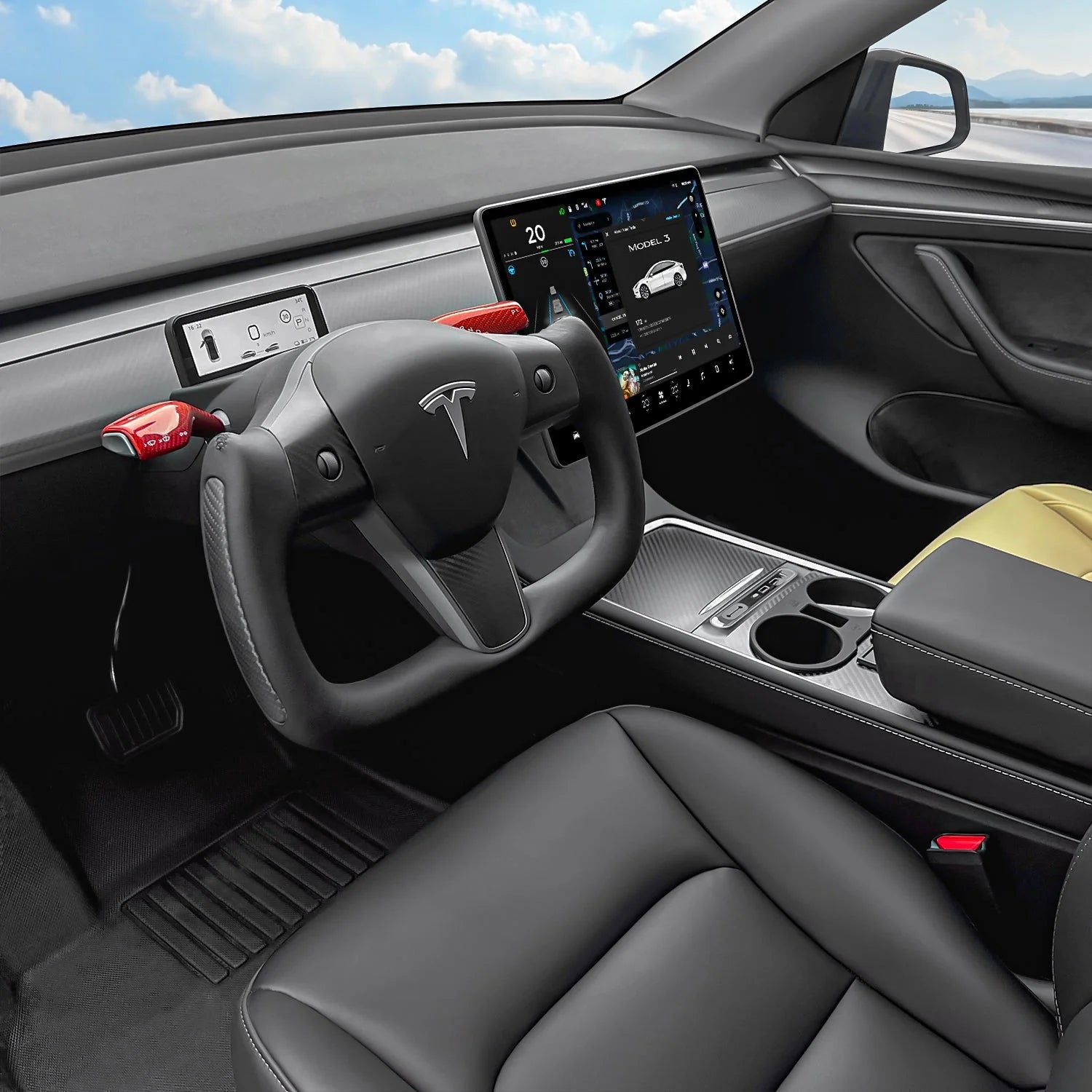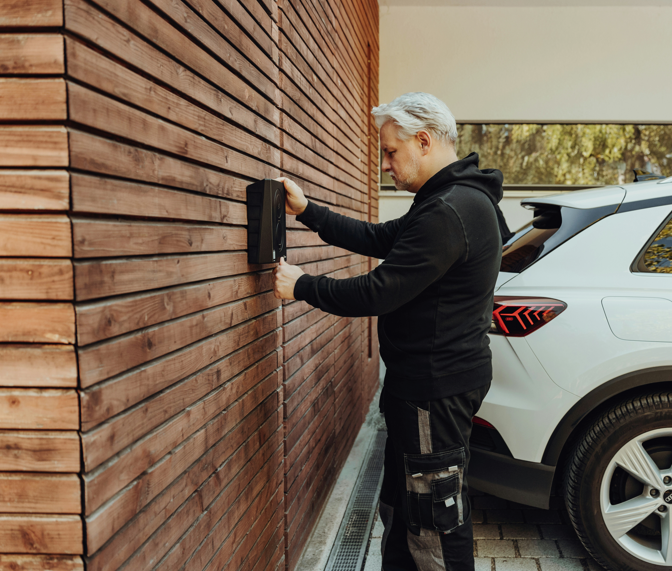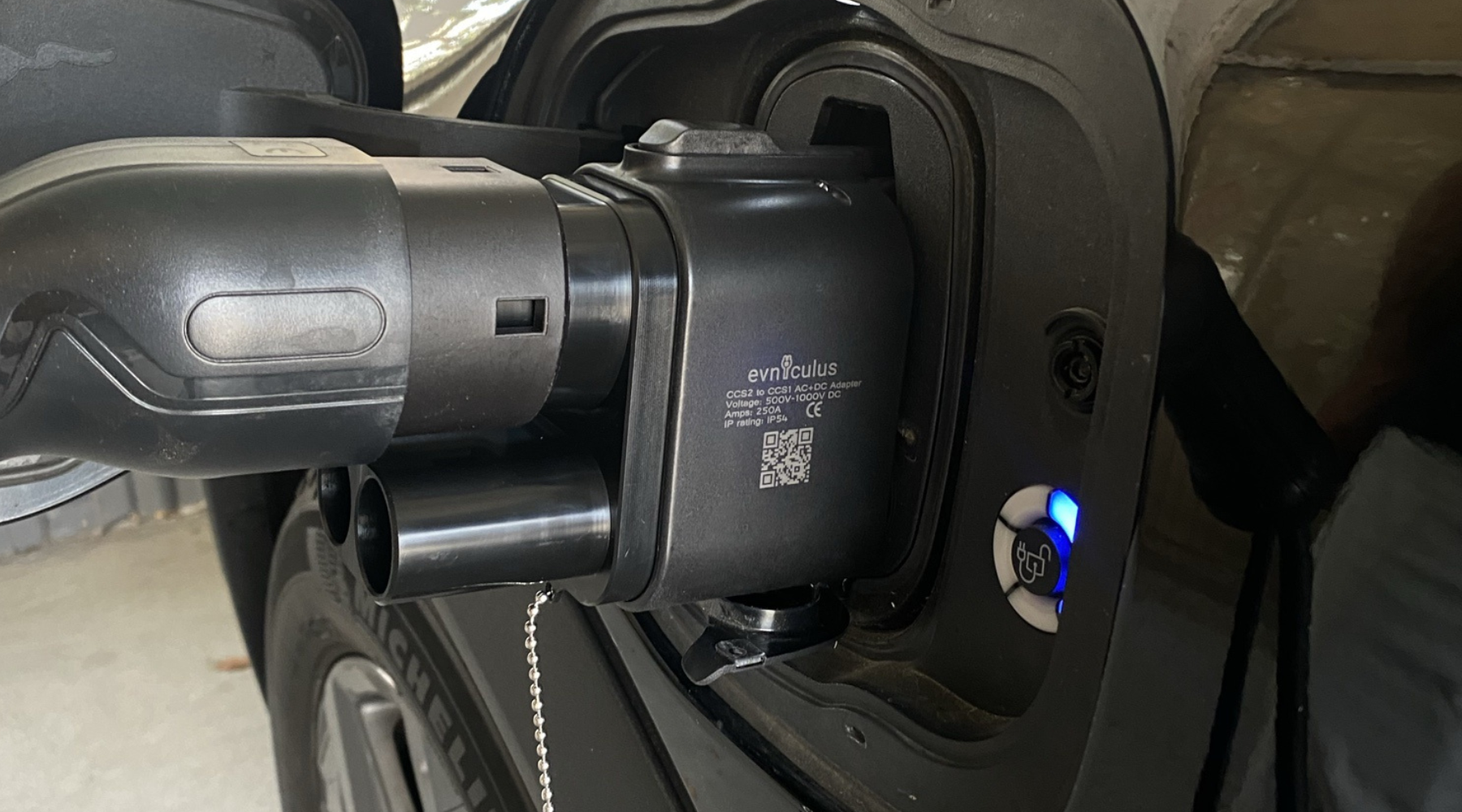The EV revolution is changing how we drive, and Tesla is leading the way. It's understandable that amidst so many charging options and new technologies, you often feel slightly puzzled about how and when you need to get your Tesla charged.
Are you just at sea about ensuring that your Tesla always has enough power? Whether you are a new user of an electric car or currently trying to catch up with new updates, this article is right for you. We will break down everything, including the basics of Tesla charging and the types of chargers available.
So, let's get started.
The EV revolution in 2024
The EV Revolution changes not only the way we drive but also the actual thought process of cars and mobility. In 2024, electric vehicles will be plain and accessible; better technology, greater concern about the environment, and pushing for sustainable energy coincide with a change.
Now, EVs can go a further distance on a single charge, charge faster, and come with a whole range of models. Leading this change with the new technology and a wide network of recharging points is Tesla. As more people choose electric vehicles, knowing how to charge your Tesla properly is more important than ever.
The basics of Tesla charging
Charging your Tesla is a really important part of ownership.
Here is a simple guide that can help you:
- Charging Options: It is possible to charge your Tesla either at home using the Wall Connector, superchargers, level 2 Tesla chargers on roads and malls, or just about anywhere across the country.
- Charging Speed: Different chargers recharge your battery at various speeds. Some of them, like superchargers, are quite fast and very good for long trips, while others, like the Tesla charger at home, are quite slow and very ideal for overnight recharging.
- Charging Costs: The cost per charge depends on the station: superchargers use a rate per kilowatt-hour or per minute, while Tesla home charging depends on your electricity rate.
With these basics, you will be ready to keep your Tesla charged and ready to go.
What are the different types of Tesla chargers?
Charging your Tesla involves using different types of chargers depending on where you are and how quickly you need to charge.
Here’s an overview of the main types:
Tesla Supercharger (NACS)
The Tesla Supercharger is just right for long drives or quick top-offs. It uses the North American Charging Standard, and an STL can charge your Tesla's battery to about 80 percent in less than 30 minutes. Superchargers are placed along highways and major through-roads, so you can keep going on your long-distance travels without worrying about running out of power.
Tesla Destination charger
Tesla Destination Chargers are likely going to be found anywhere a person will spend a bit more time: hotels, restaurants, etc. Just similar to the Superchargers, this uses exactly the same connector, but it charges at a much lower rate—nearly equivalent to a Level 2 home charger. They are perfect for locations where you will plan to spend several hours and just top up your battery as you continue enjoying your stay.
Tesla Chargers in Europe (Type 2/ CCS2)
Tesla uses various charger types in Europe:
- Type 2: Standard for most electric cars in Europe, including that of Tesla, this connector is suitable for regular charging at home or on public sites.
- CCS2: Europe uses CCS2 for faster charging. CCS2 combines Type 2's capabilities with DC fast charging, enabling fast top-ups like the Supercharger network.
Knowing which charger to use can help in keeping your Tesla charged and ready for your next drive because each type of charger serves a different purpose.
How to charge Tesla at home?
It is easy and convenient to charge your Tesla at home. Here is how to charge Tesla at home:
- Install a Home Charger: Set up a Level 2 home charging station for faster charging. It would require a 240V outlet and could be added by an electrician. This will help in recharging your Tesla much faster than using a traditional outlet.
- Use a Standard Outlet: If you don’t have a home charger, you can use a regular 120V outlet. This method is slower and takes longer to fully charge your Tesla, but it works as a backup.
- Plug In: Simply plug in your Tesla using the charging cable that came with it and plug the other end into an outlet or charging station—charging will automatically begin. You can monitor the progress of charging with the Tesla app or on your car's screen.
- Set Charging Times: Many Teslas and home chargers let you set a schedule to charge during off-peak hours when electricity rates are lower.
How long does it take to charge a Tesla?
Charging time depends on the type of charger and how empty the battery is.
Here’s a general idea of how long does it take to charge a Tesla:
- Level 1 Charging (120V): This is the least efficient and can demand over 24 hours for the Tesla to fully charge. Best suitable for infrequent use.
- Level 2 Charging (240V): With a home-charging station, you could get your Tesla battery fully charged in about 8-12 hours. This is a very commonplace type of electric car charger that can be applied on a daily basis.
- DC Fast Charging (Supercharging): Supercharging at Tesla stations, in just 15 minutes, you can be back with up to over 200 more miles of range for your vehicle, fully charged back up to 80%-something for those long turnpike drives.
The role of Tesla charging in the EV Revolution
Tesla charging is now a big part of the EV revolution. The Supercharger network and other charging solutions make electric vehicles more practical and easier to use. Fast and widespread charging helps put more fears to rest about running out of battery power, thus making electric cars a more practical option for lots of drivers.
With advancements and an ever-growing base of charging technology, Tesla moves more and more residents to electric vehicles while supporting a switch towards more sustainable transport.
How to charge North American Tesla in Europe
If you're taking your North American Tesla to Europe, you'll want some adapters anyway. Here is what you need:
- CCS2-NACS AC+DC Adapter: This Tesla supercharger adapter will allow charging at European CCS2 Fast Chargers. It supports both AC and DC charging but is best used for quick charging needs.
- Type 2-NACS AC Adapter: Use this adapter for Level 1 home or Level 2 public charging in Europe. It allows you to connect to Type 2 charging stations, which are commonplace in Europe.
These adapters make charging your Tesla much more convenient while you are traveling in Europe.




